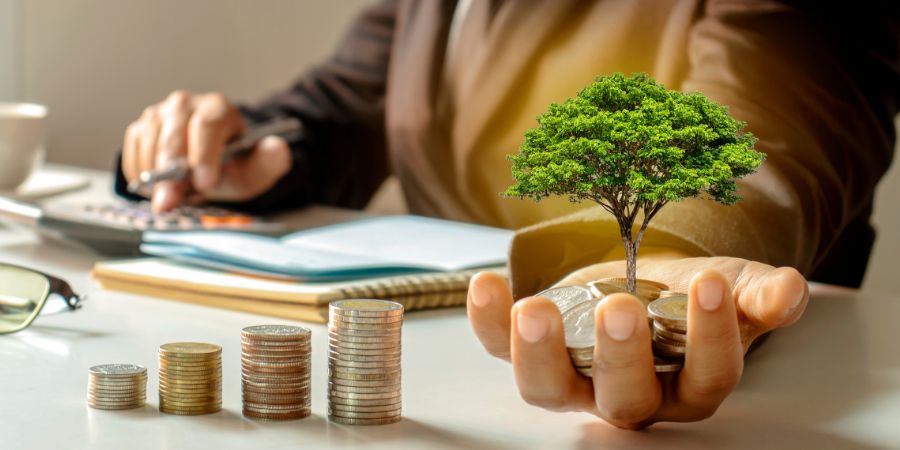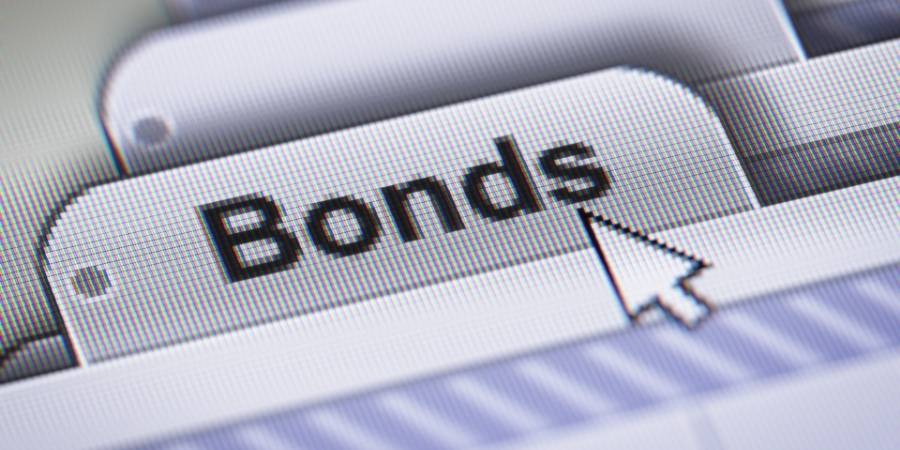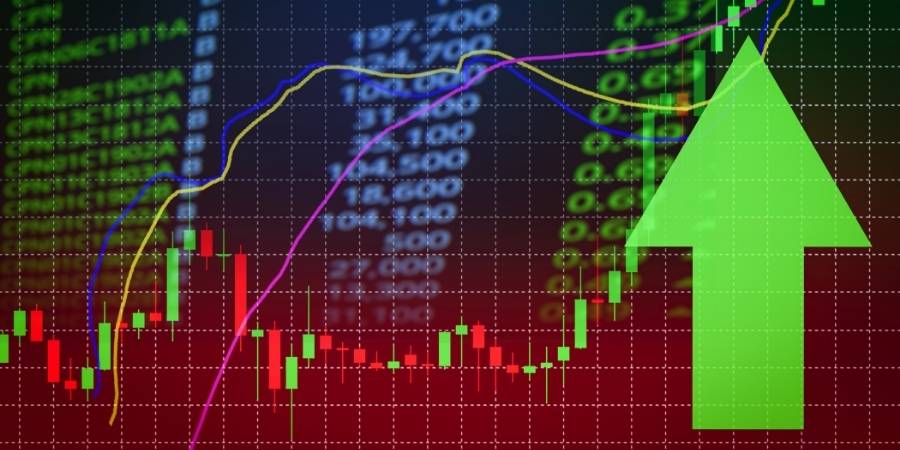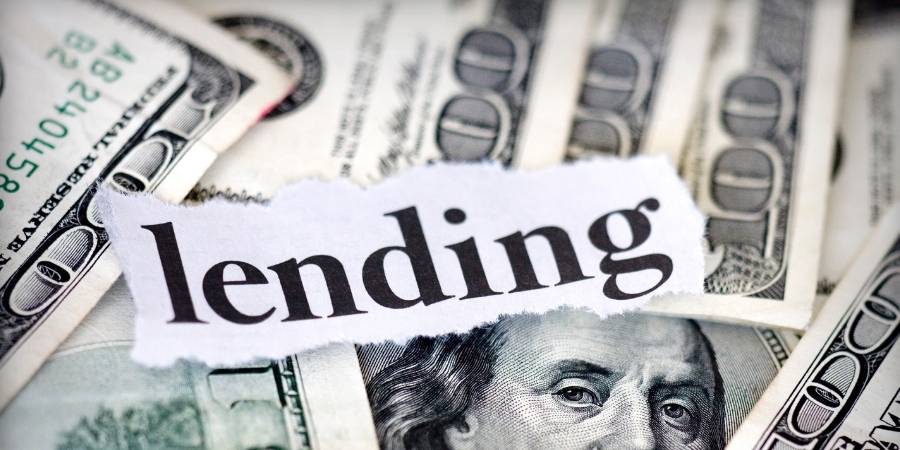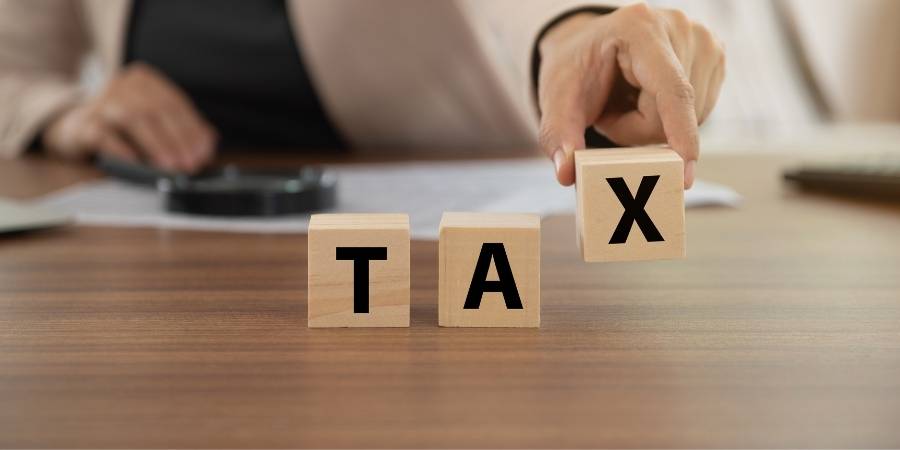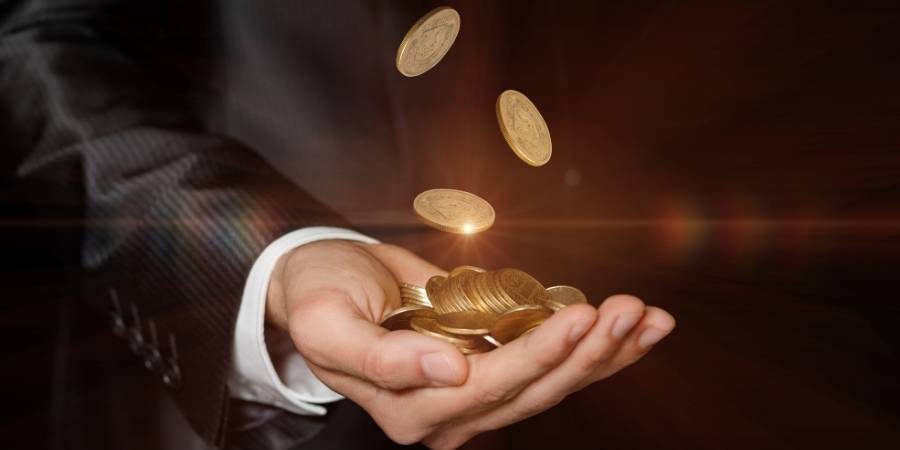June 18th, 2024
Who Is Beverly Hills Precious Metals?
If you are interested in exploring investment opportunities in precious metals, this comprehensive article aims to provide you with a detailed overview of the most common precious metals, namely gold, silver, platinum, and palladium.
This informative piece will delve into the advantages of investing in these valuable assets, such as portfolio diversification and protection against inflation. Additionally, it will cover the various methods one can employ to invest in precious metals, ranging from physical ownership to investing in mining stocks.
Furthermore, the article will discuss the associated risks of investing in precious metals and provide insights into the process of acquiring these assets from Beverly Hills Precious Metals.
We invite you to begin your exploration into the world of precious metal investments by looking into the comprehensive information presented in this article.
If you find this is not enough, we have a good Beverly Hills Precious Metals review for you to dig deeper.
What Are The Most Common Precious Metals?
Within the realm of investment and luxury, the most prevalent precious metals that attract considerable interest are gold, silver, platinum, and palladium. Each of these metals presents distinct properties and value propositions for both investors and collectors.
1. Gold
Gold has been esteemed for centuries as a symbol of wealth and prosperity, commonly utilized in upscale jewelry and sought-after bullion coins. Throughout history, gold has held a distinctive position in society due to its scarcity, resilience, and aesthetic allure. From ancient civilizations to contemporary eras, this precious metal has been crafted into intricate ornaments, crowns, and ceremonial artifacts.
Beyond its visual appeal, gold has functioned as a method for wealth preservation, with individuals and nations amassing gold bars as a dependable store of value. The high purity of this yellow metal, typically around 99.9%, renders it a secure investment option for those seeking to diversify their portfolios and hedge against economic uncertainties.
Investors meticulously track gold prices and patterns, responding to geopolitical happenings and market fluctuations that impact the worth of this lustrous commodity.
2. Silver
Silver is a versatile precious metal that is widely utilized in the creation of jewelry, bullion, and various collectible items, primarily due to its relatively lower cost compared to gold. Its radiant appearance makes it a favored choice for designing fashion accessories like earrings, necklaces, and bracelets.
Within the market, silver holds a significant position as an investment avenue, with its value subject to fluctuations based on demand and various economic factors. Silver coins and bars are highly coveted by collectors owing to their historical importance and tangible worth.
The typical purity level of silver, standing at 92.5% in sterling silver, ensures its enduring charm and resilience, while its consistent economic status further contributes to its attractiveness as a component of a diversified investment portfolio.
3. Platinum
Platinum is widely recognized for its utilization in upscale jewelry and bullion, presenting a distinctive blend of scarcity and resilience. Its market dynamics exhibit a consistent increase in demand, particularly within the luxury goods industry where its purity and grace distinguish it. This valuable metal transcends mere ornamentation; it also possesses notable investment prospects owing to its financial stability and enduring value.
Individuals of substantial financial means and notable figures are attracted to platinum for its exclusivity and enduring allure, elevating it to a symbol of timeless grace and refinement in the realms of fashion and affluence.
4. Palladium
Palladium has emerged as an appealing investment choice, particularly within the automotive sector, and owing to its escalating market valuations. Its adaptable characteristics render it an essential element in the manufacturing of catalytic converters utilized in vehicles to mitigate noxious emissions.
The escalating demand for palladium is a direct consequence of stringent environmental protocols implemented globally, thereby propelling its market valuation upwards. Investors are increasingly gravitating towards palladium due to its lucrative nature and prospects for substantial returns.
The pricing of palladium can exhibit volatility, a phenomenon attributed to various influences such as prevailing global economic conditions, geopolitical strife, and limitations in supply chains. Notwithstanding these fluctuations, palladium remains an enticing prospect as a valuable asset within diversified investment portfolios.
What Is Beverly Hills Precious Metals?
Beverly Hills Precious Metals is a distinguished dealer that specializes in the purchase, sale, and evaluation of precious metals, providing reputable services and expert counsel to discerning clients and collectors. Their secure storage facilities offer clients a sense of security, knowing that their valuable metals are protected and insured against unforeseen circumstances.
Moreover, their team of seasoned professionals excels in authentication, guaranteeing the purity and quality of every precious metal item.
Renowned as a leader in the industry, Beverly Hills Precious Metals is recognized for their transparent appraisal procedures, providing precise valuations that accurately reflect the intrinsic value of each piece. Their unmatched reputation for integrity and dependability positions them as a premier choice for individuals seeking high-quality offerings and expert guidance in the precious metals market.
What Are The Benefits Of Investing In Precious Metals?
The act of investing in precious metals presents a myriad of advantages, such as portfolio diversification, an effective hedge against inflation, the preservation of value, and the potential for substantial returns. These attributes collectively establish precious metals as a prudent investment strategy for individuals pursuing financial stability.
1. Diversification of Portfolio
The diversification of an investment portfolio through the inclusion of precious metals is a strategic maneuver that can offer asset protection and mitigate overall risk by distributing investments among various asset classes.
This approach plays a vital role in lessening the repercussions of market volatility and economic uncertainties. For example, in times when stocks or bonds undergo a decline, the value of precious metals such as gold often increases, serving as a hedge against inflation and currency devaluation.
From a financial planning perspective, integrating assets like silver, platinum, or palladium alongside conventional investments can augment the long-term growth potential while providing a safeguard against unforeseen circumstances. The advantages of diversification extend beyond the performance of individual assets, fostering stability and resilience in response to market fluctuations.
2. Hedge Against Inflation
Precious metals function as a valuable hedge against inflation by maintaining value over extended periods and offering economic resilience in fluctuating markets.
Investors frequently seek refuge in precious metals like gold, silver, and platinum during inflationary periods, as these assets traditionally uphold their value. An illustrative example is the significant increase in the price of gold during the inflationary environment of the 1970s, demonstrating its capacity to serve as a dependable repository of wealth. This historical context has solidified the reputation of precious metals as a secure harbor during economic ambiguity, safeguarding investors from the diminishing purchasing power resulting from escalating prices.
3. Store of Value
Precious metals have long been esteemed as a dependable store of value, with a significant role in wealth preservation and the perpetuation of their historical importance.
Throughout the annals of time, gold and silver, among various others, have been highly coveted for their inherent worth and steadfastness. Notably, gold has symbolized affluence and authority throughout diverse civilizations, functioning as legal tender and a safeguard against economic instability. Similarly, silver, characterized by its industrial utility and scarcity, has sustained its value across eras. During periods of market tumult, investors frequently turn to precious metals as a secure investment option, acknowledging their enduring value and capacity to enhance portfolio diversification.
4. Potential for High Returns
The investment in precious metals presents significant potential for high returns, influenced by favorable market trends and a growing demand. For example, gold has traditionally served as a safe haven investment during periods of economic instability, with its value frequently appreciating as stock markets experience volatility.
In contrast, silver is valued for its dual purposes in investment and industry, rendering it a versatile choice. Analysts in the market anticipate that the increasing inflation rates and geopolitical conflicts could enhance the attractiveness of precious metals in the foreseeable future, positioning them as a potentially profitable asset class for investors seeking portfolio diversification.
What Are The Different Ways To Invest In Precious Metals?
There exist various avenues for investing in precious metals, such as physical ownership, exchange-traded funds (ETFs), futures and options, and mining stocks, each presenting distinct advantages and risks.
1. Physical Ownership
The acquisition of precious metals in physical form typically involves the purchase of bullion coins and bars, which can be securely maintained in safe deposit boxes or private vaults.
Having direct oversight of one’s investments through physical possession offers a sense of reassurance and independence. An important advantage of storing precious metals in safe deposit boxes or private vaults is the additional layer of protection they afford against theft or damage.
Physical assets do not rely on any third-party intermediaries for their valuation, rendering them a reliable form of investment. The verification of bullion ensures its purity and quality, further substantiating its intrinsic value.
The tangible nature of possessing physical assets also presents a distinct allure, establishing a tactile connection to one’s financial portfolio.
2. Exchange-Traded Funds (ETFs)
Exchange-Traded Funds (ETFs) present a convenient avenue for investing in precious metals, granting market exposure without necessitating physical storage.
Investors have the facility to easily acquire and divest precious metals ETF shares via the stock exchange, rendering them a versatile and liquid investment alternative. ETFs permit diversification by typically incorporating an array of precious metals within a single fund, thereby dispersing risk across varied assets. Noteworthy precious metals ETFs encompass the iShares Silver Trust (SLV), SPDR Gold Shares (GLD), and Aberdeen Standard Physical Precious Metals Basket Shares (GLTR), offering investors exposure to an array of metals such as silver, gold, platinum, and palladium, among others.
3. Futures and Options
Engaging in the trading of futures and options presents investors with the opportunity to speculate on the forthcoming prices of precious metals, thereby leveraging fluctuations in the market to their benefit.
These financial instruments entail contractual agreements which enable traders to either purchase or sell assets at a predefined price on a specified future date. Futures are standardized agreements that are traded on exchanges, whereas options grant the holder the right, but not the obligation, to buy or sell assets. The risks associated with these transactions are considerably high due to the utilization of leverage, which can amplify gains or losses.
A thorough analysis of the market is essential for accurately predicting spot prices, as these values directly impact the worth of futures and options. By comprehending these intricacies, traders can effectively manage risks and potentially realize substantial returns on their investments.
4. Mining Stocks
Investing in mining stocks presents an avenue for individuals to gain exposure to precious metals markets through the ownership of shares in companies engaged in the extraction and production of these metals. These stocks offer investors the opportunity to capitalize on the potential price appreciation of gold, silver, copper, and other valuable metals, serving as a means to hedge against inflation and economic uncertainties.
It is imperative for investors to acknowledge the inherent risks associated with such investments, including market volatility, geopolitical factors affecting mining operations, and potential environmental and regulatory challenges. By diversifying a portfolio to include mining stocks in conjunction with other precious metals investments such as physical bullion or ETFs, investors can attain a well-rounded exposure to the sector.
What Are The Risks Of Investing In Precious Metals?
Investing in precious metals can potentially yield significant returns; however, it is essential to acknowledge that this investment avenue is not without risks. These risks encompass market volatility, susceptibility to economic and political influences, as well as the expenses linked to storage and insurance.
1. Volatility
The prices of precious metals exhibit high volatility, influenced by various factors including market demand, geopolitical events, and economic conditions. These fluctuations in price can create uncertainty for investors who prioritize stability in their portfolios. Additionally, changes in mining output, policies set by central banks, and inflation rates are significant contributors to the price variability.
To address this inherent risk, investors may opt to diversify their investments across a range of precious metals like gold, silver, platinum, and palladium. Employing hedging strategies, such as options and futures contracts, can provide a measure of protection against potential losses during periods of market turbulence. A historical analysis reveals instances like the 2008 financial crisis and the recent COVID-19 pandemic, where precious metal prices demonstrated sharp movements in response to global events.
2. Economic and Political Factors
Economic and political factors are pivotal in influencing the precious metals market, exerting a substantial impact on prices and investment stability.
Notably, significant economic occurrences such as inflation, alterations in interest rates, and currency devaluations can directly affect the valuation of precious metals. Moreover, political unrest in crucial mining areas may disrupt the supply chain, thus instigating price fluctuations.
Investors with a vested interest in tracking these variables can keep themselves apprised by engaging with financial news platforms, perusing market analysis reports, and accessing specialized websites. By maintaining awareness of global economic patterns and political evolutions, investors are better positioned to make informed choices regarding the optimal timing for purchasing or selling precious metals, thereby optimizing their investment prospects.
3. Storage and Insurance Costs
Investors engaging in the acquisition of physical precious metals are advised to carefully consider the expenses linked to secure storage and insurance in order to safeguard their holdings.
The absence of adequate storage arrangements and insurance coverage poses a notable risk to physical precious metals, leaving them vulnerable to theft or damage, which could lead to substantial financial setbacks. Secure storage alternatives span from personal safes within private residences to allocated storage in specialized facilities, each offering varying levels of security measures and associated costs. Insurance coverage is imperative to furnish financial security in the face of unforeseen events.
For example, the expenses associated with storing gold in a private vault may range between $50 to $100 monthly, while insurance premiums are subject to fluctuations based on variables such as the value of the metals and the selected coverage thresholds. These financial commitments must be taken into consideration as part of an investor’s comprehensive financial plan to ensure that potential returns remain unaffected by unexpected financial burdens.
How To Buy Precious Metals From Beverly Hills Precious Metals?
Customers interested in purchasing precious metals from Beverly Hills Precious Metals have the option to either visit the company’s showroom or make contact through their online platform to peruse their extensive collection of premium gold, silver, platinum, and palladium products.
Following the selection of a desired item, customers have the opportunity to request an appraisal to ascertain its current market value. Beverly Hills Precious Metals boasts a stringent authentication process, guaranteeing the genuineness of each piece.
Upon the completion of the appraisal and authentication procedures, buyers can opt for secure payment methods, including bank transfers or credit card transactions. Individuals new to the purchasing process are advised to conduct thorough research on prevailing market prices and familiarize themselves with the various types of precious metals available. This preparation enables customers to make informed decisions when finalizing their purchases.

